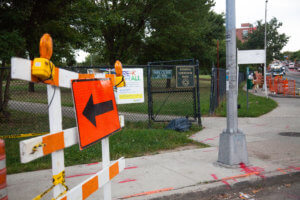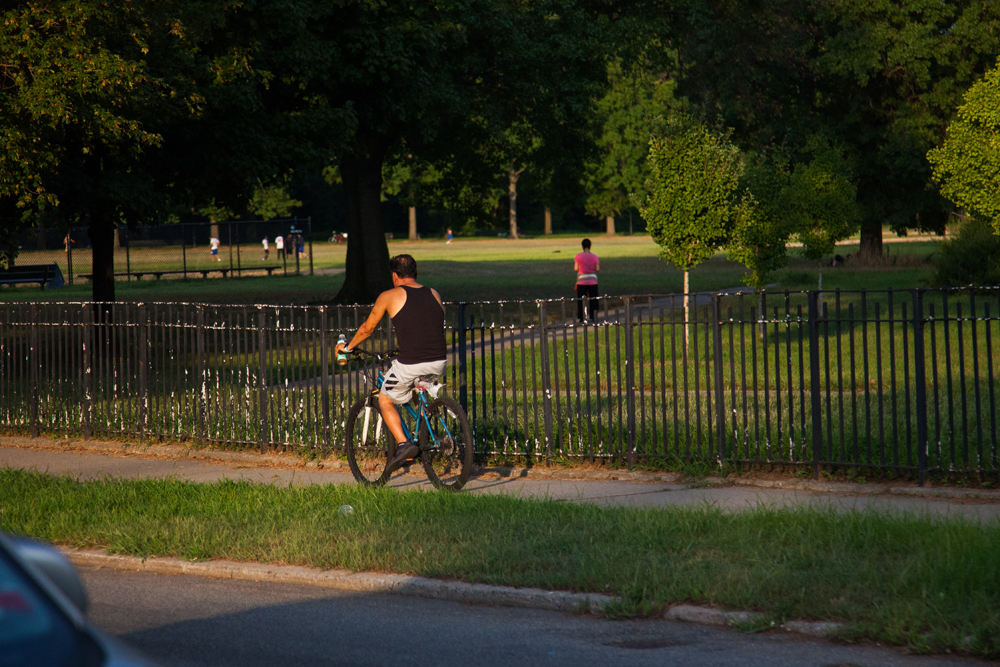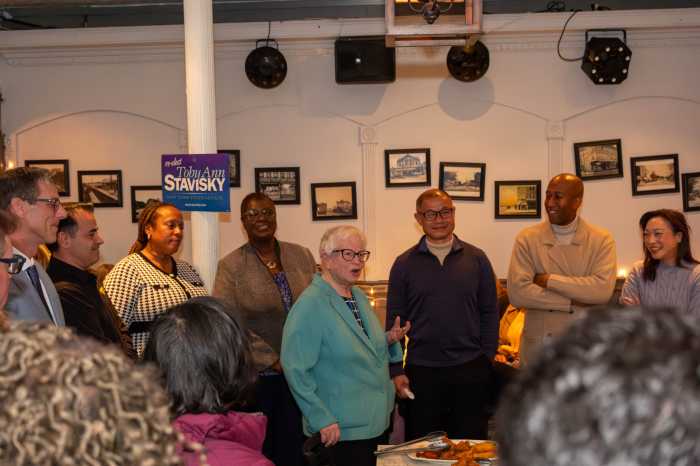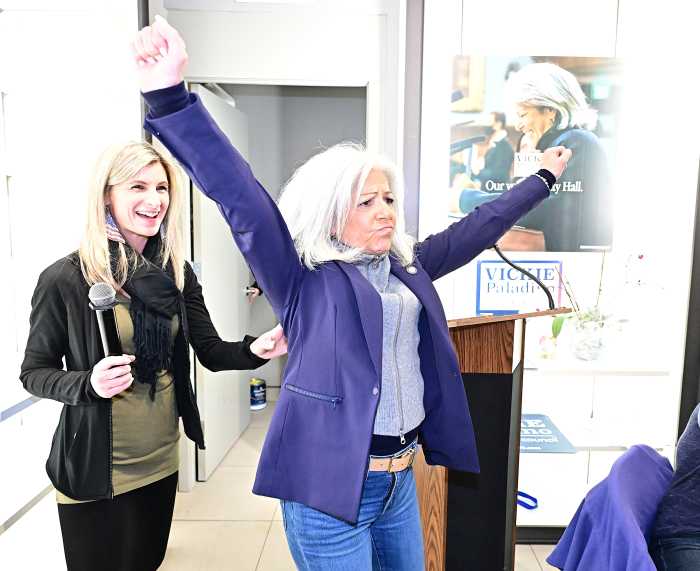While a recent pastoral New York Times piece that explored several hiking stretches on the Brooklyn-Queens Greenway sought to introduce New Yorkers to the natural marvels in their backyards, it may have given Queens biking enthusiasts pause.
Though the piece highlighted a 14.6-mile stretch of the Eastern Queens Greenway, which the Parks Department has described as a “continuous” pedestrian path, the experience of biking is far from seamless.
For years, transportation activists have been making the case that the eastern Queens section of the Brooklyn-Queens Greenway does not live up to its conception as one connected nature trail. The gated botanical garden, risky intersections and rambling trails made from wood chips and sand divide it into sections and force bikers and pedestrians onto city streets, they say.
To address these issues, Transportation Alternatives have mounted a three-year campaign for a Kissena Way plan, a bike and pedestrian path that would extend from Flushing through Kissena Corridor Park and Kissena Park to include new paths and protected bike connections.
“The idea behind it is if we have all these parks and they’re basically all anatomically next to each other, how is it that you create the connection necessarily to do so? And that requires basically different agencies in the city working together on one unified goal,” said Juan Restrepo,Queens Organizer for Transportation Alternatives.

Restrepo says it would take a collaboration between the Parks Department and Department of Transportation to make their vision a reality. The Parks Department would take on the path-paving and in some cases the creation of new trails, while the DOT would be in charge of designing safer bike and pedestrian connections between the parks.
The idea to make a fluid path between these parks is not new. In the 1970s and ’80s, a series of plans and blueprints were drawn up to build increased infrastructure for walkers, runners and cyclists, but they fell through in response to economic collapse in 1975 and parks underfunding in the ’80s.
“It’s a decades long unfulfilled promise to the people of eastern Queens to connect all of this,” said Bike New York spokesperson Laura Shepard, who would ride the trails in the weekends when she was growing up in Oakland Gardens.
Shepard pointed to a couple problem areas in the parks. The first come at the Western end of the area where the gated Queens Botanical Garden forces bikers onto the street between Flushing Meadows Corona Park and Kissena Corridor Park.
Then, when bikers get to Kissena Corridor park, there’s no path running through its entirety from East to West. The walking path that extends most but not all of the park’s longitude is made of wood chips and sand – not suitable for any road bike.
But apart from those individuals points, Shepard said that the path needs clear signposts that would guide travelers along. Over years biking the area, she knows its ins and outs, but she stays cognizant of just how meandering and confusing it would be for a biker who didn’t.

After gathering close to 1,000 petition signatures and the support of local electeds like Councilman Peter Koo, Assemblywoman Nily Rozic and state Senator John Liu, the obstacle is now to get the plan funded.
After Mayor de Blasio formed a special task force to survey the area, the Parks Department estimated that the plan would cost $13 million. Shepard says that the advocates are hoping to push elected officials to find the money in the next budget cycle. This task will require buy-in not just from electeds, but from the city agencies as well.




































